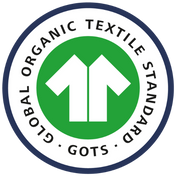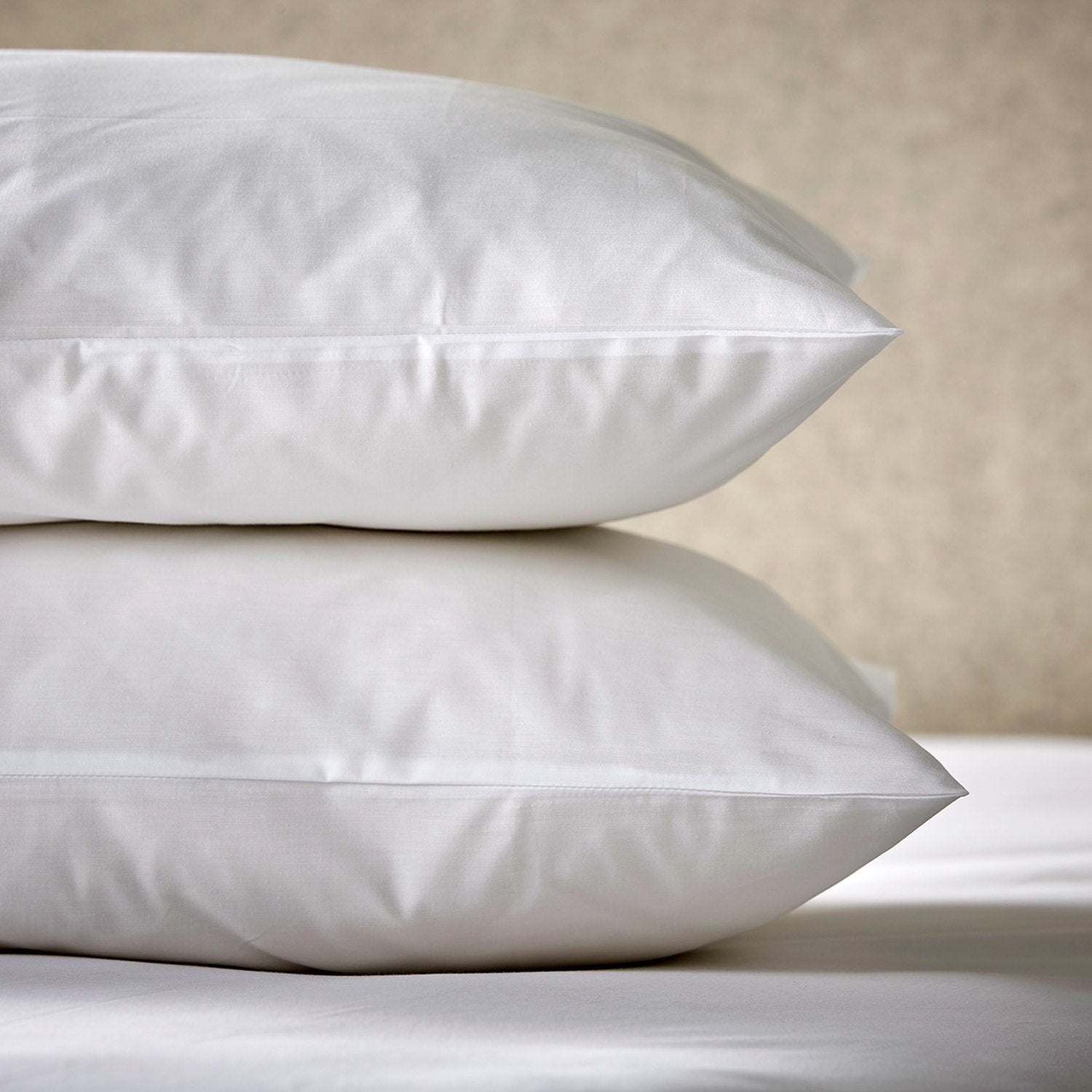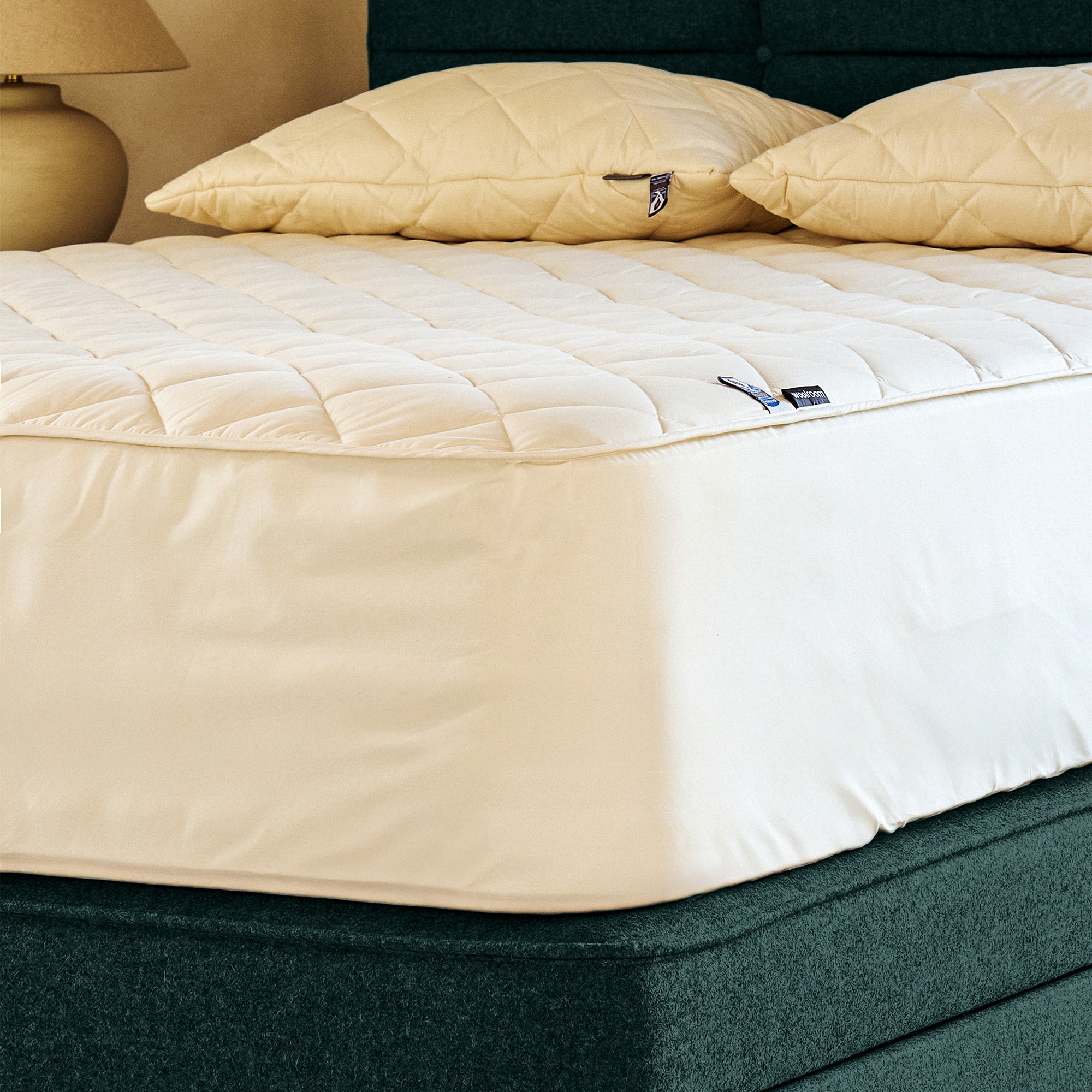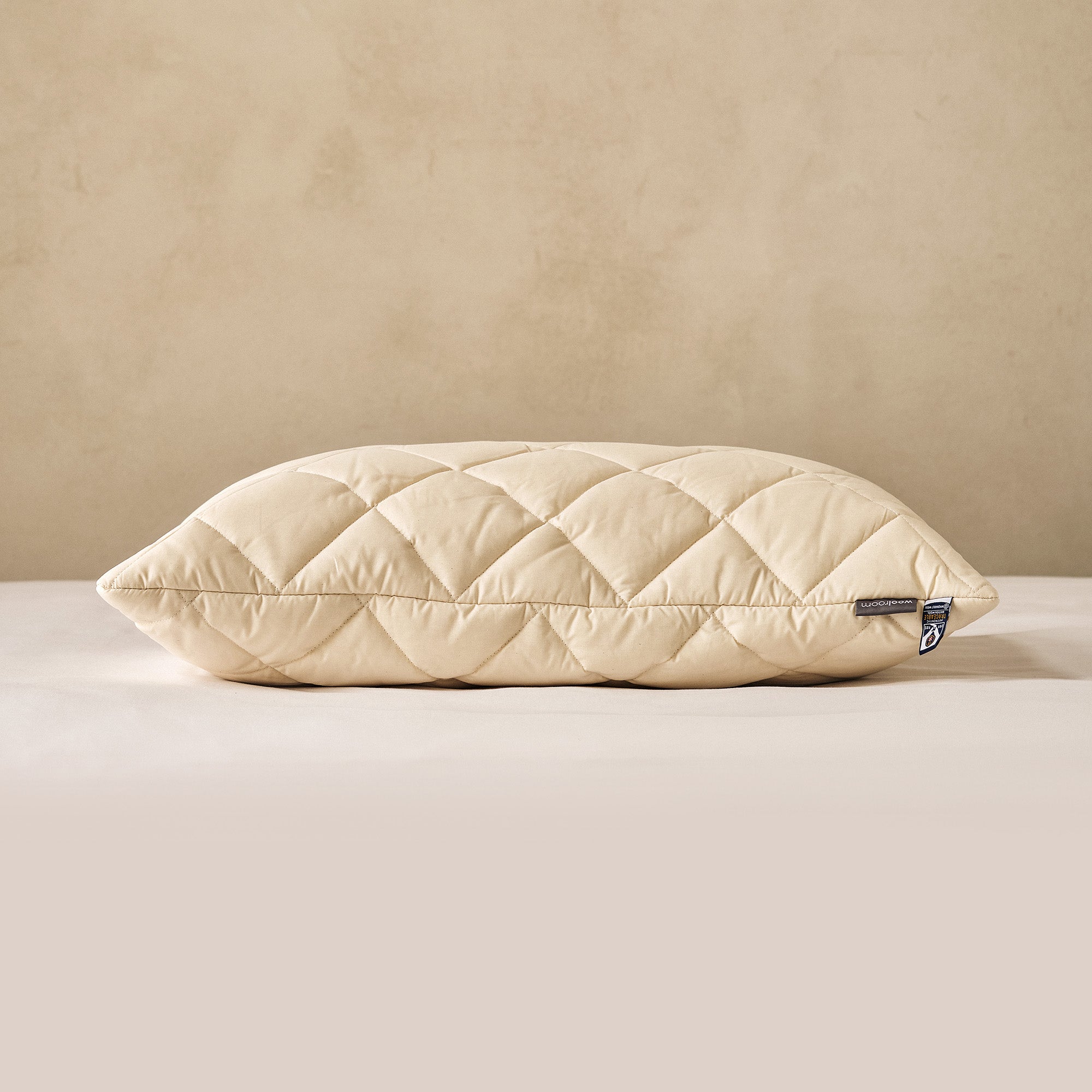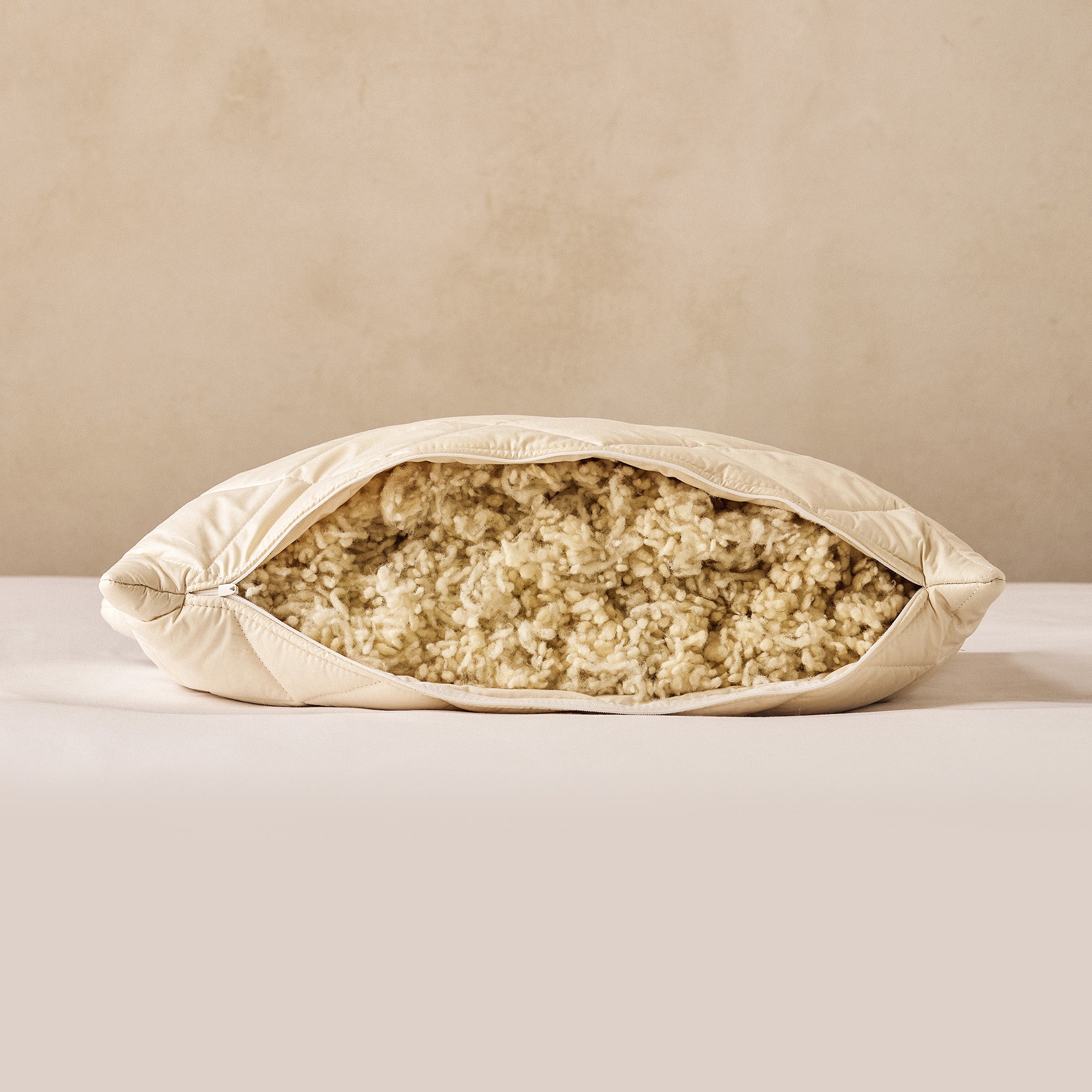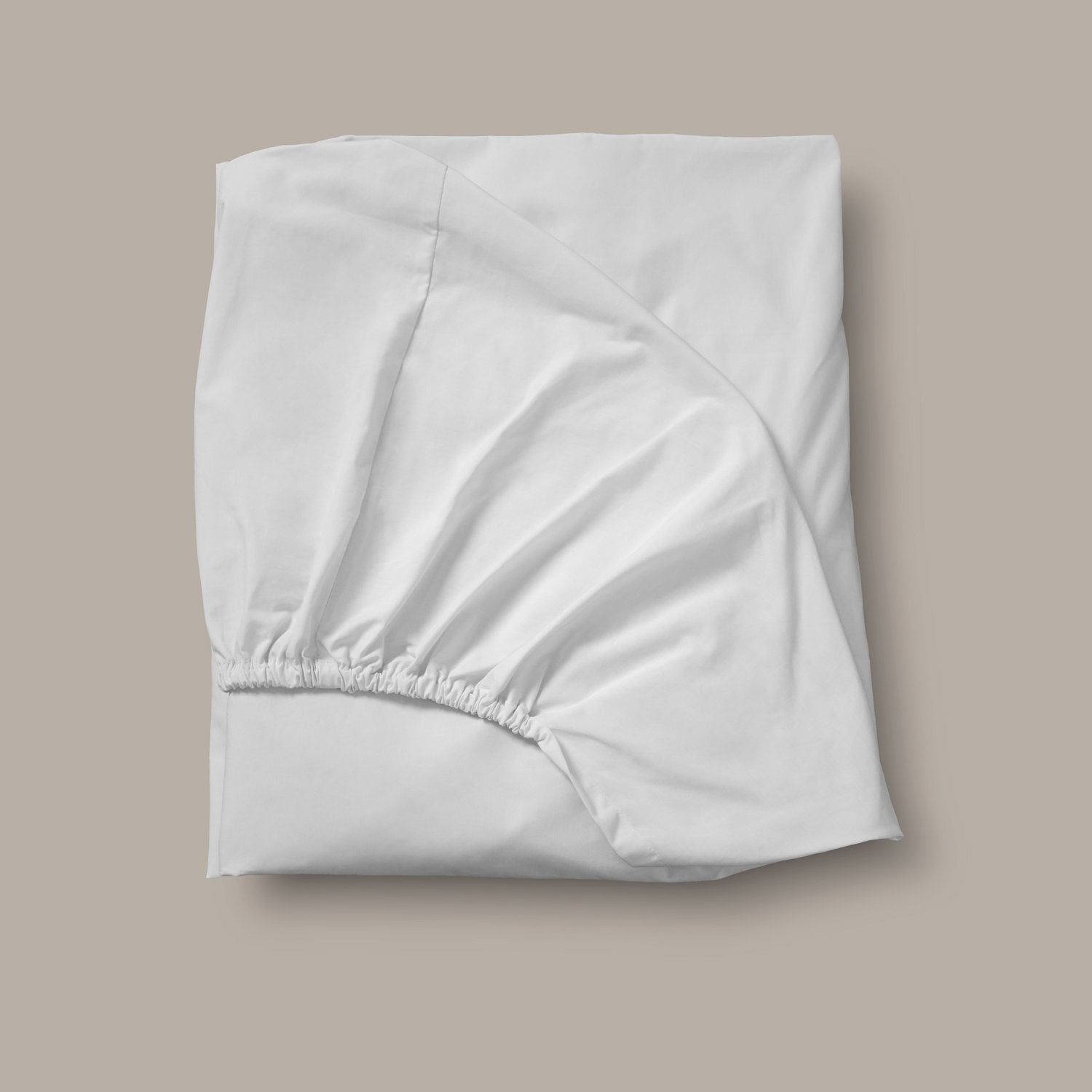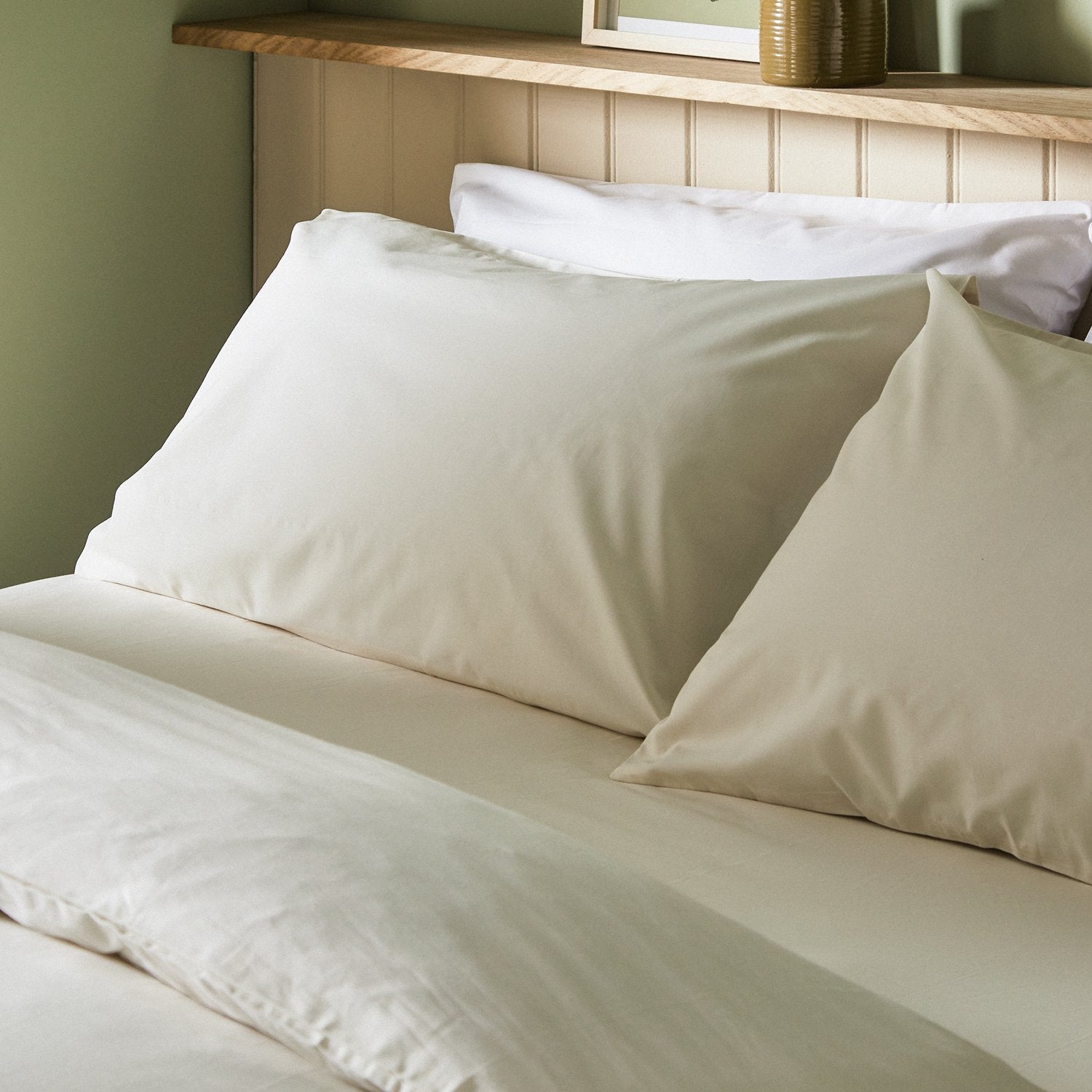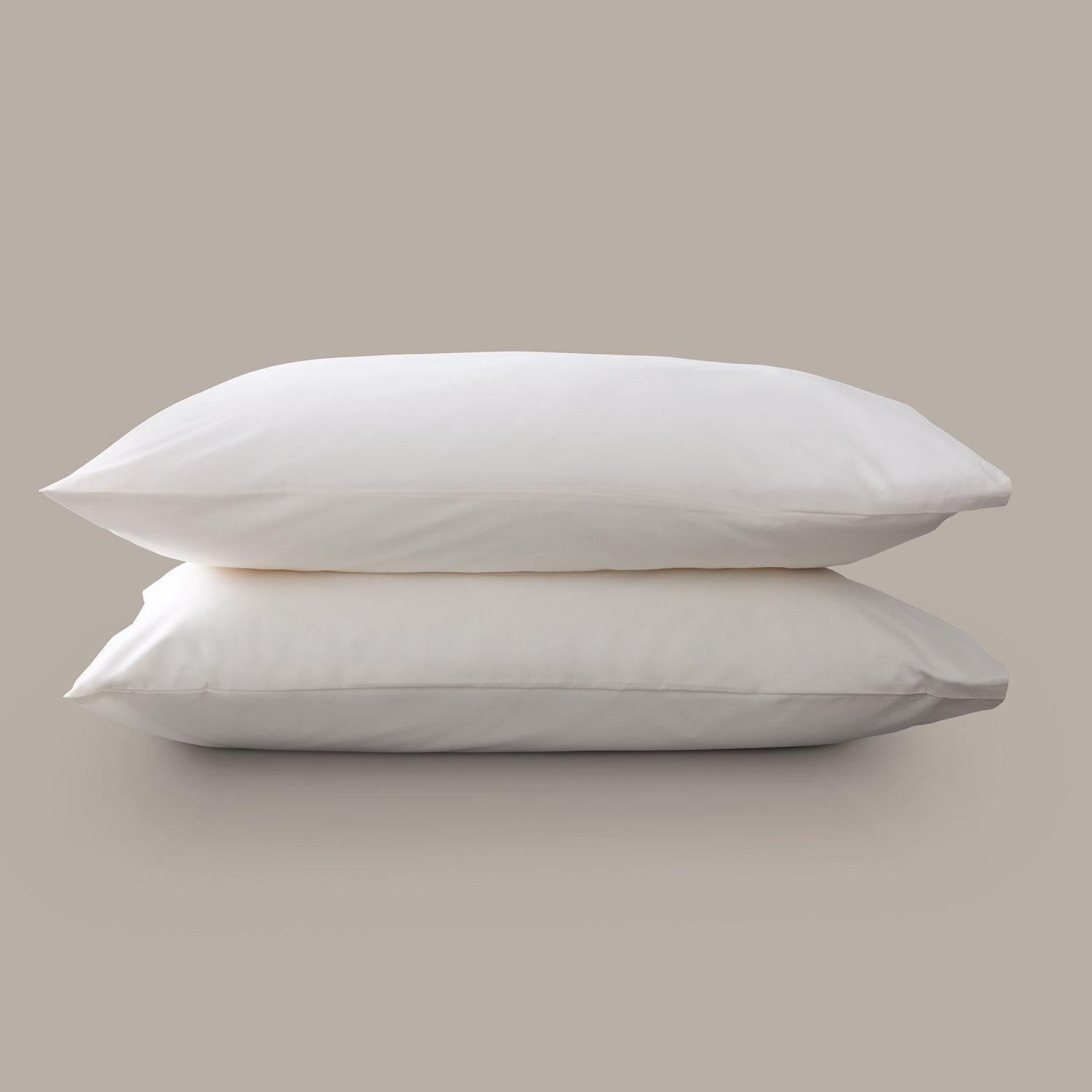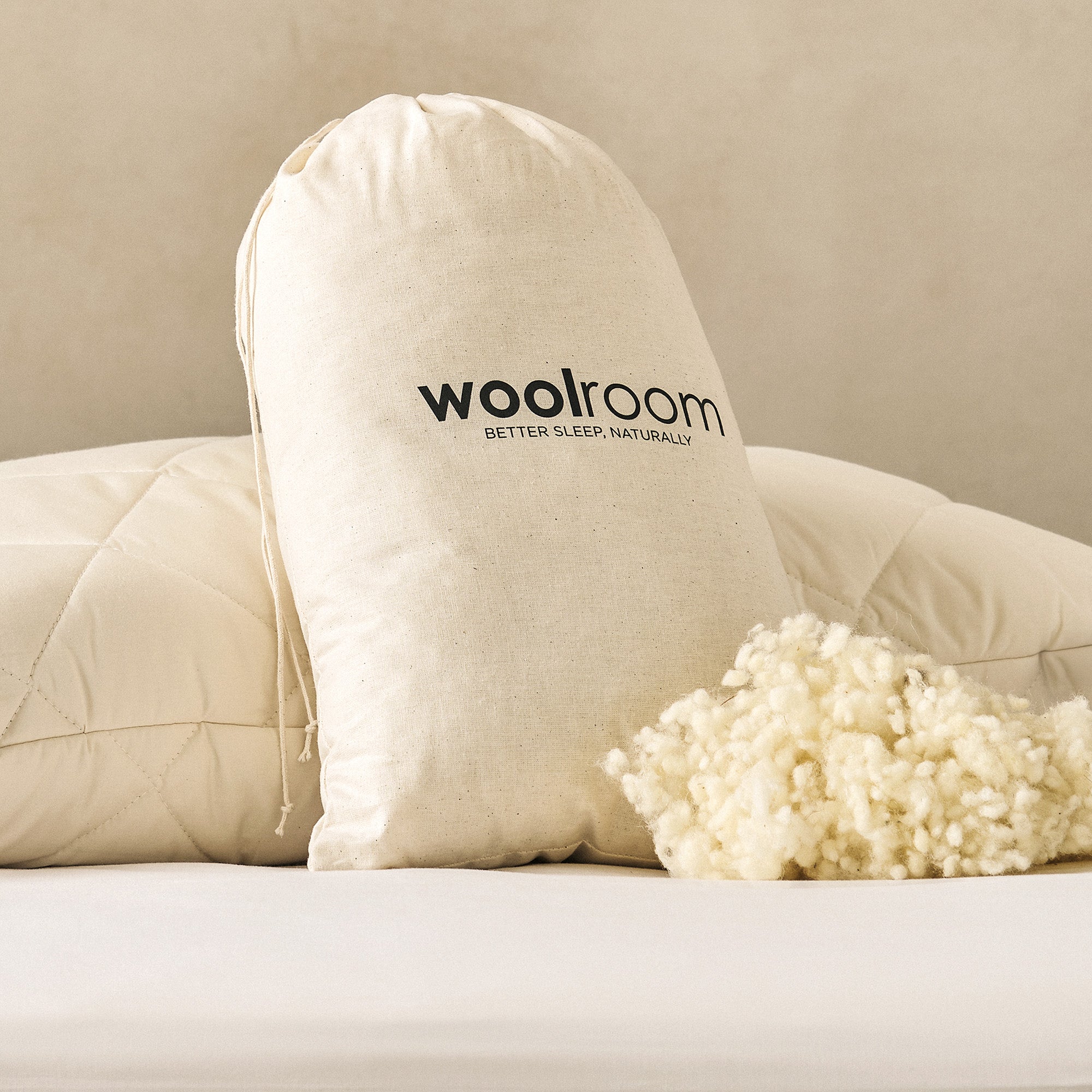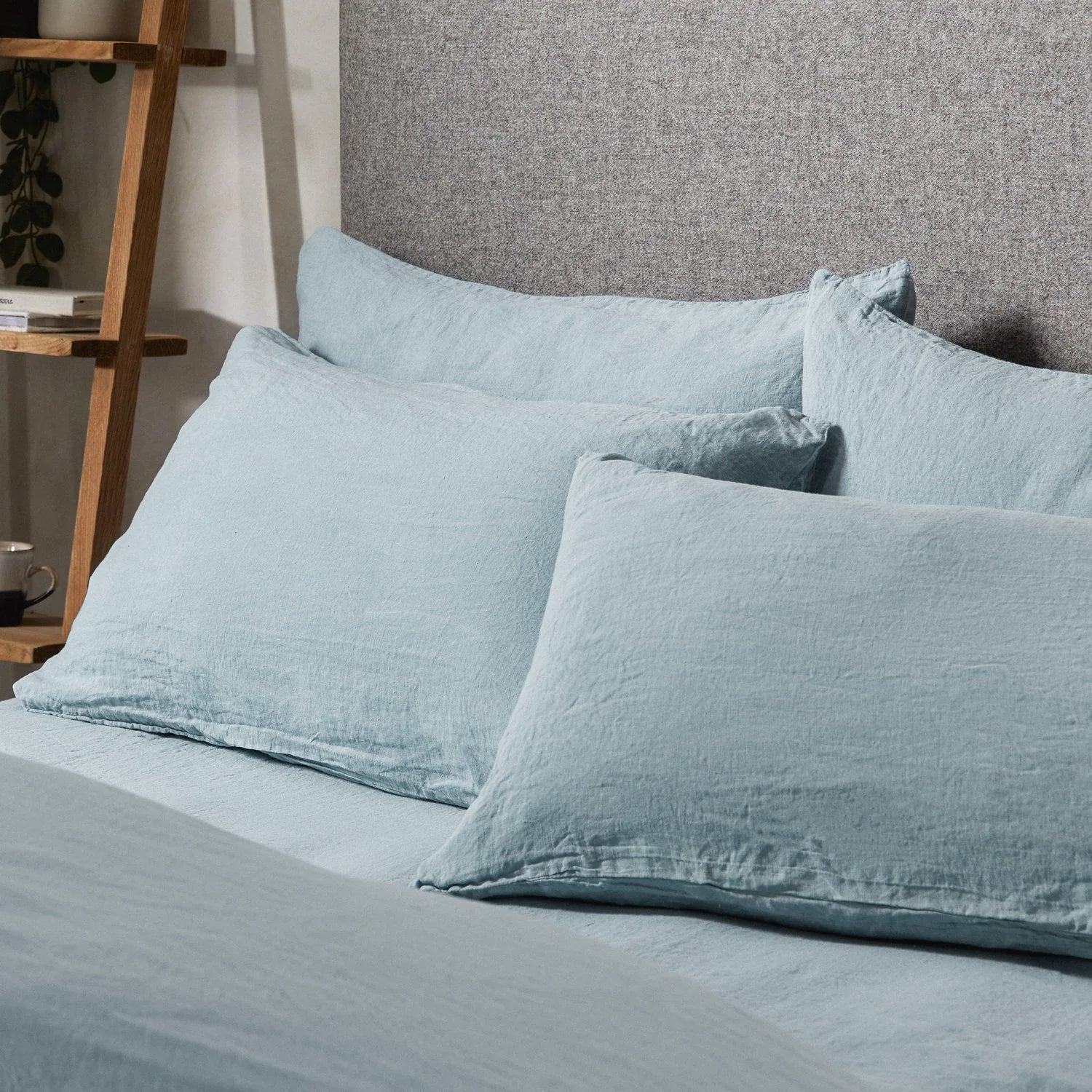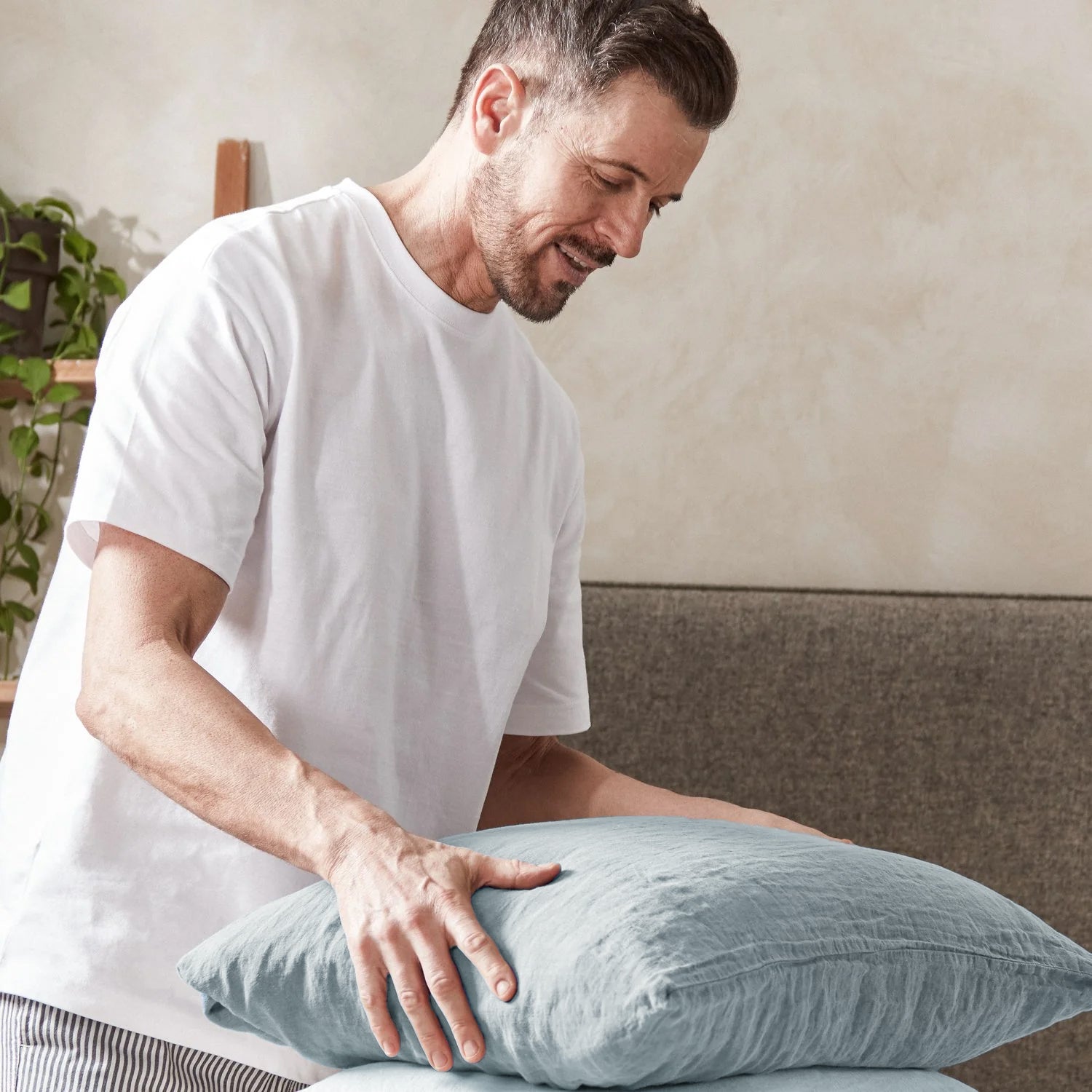Key Takeaways
Spring cleaning is more than a deep clean—it’s a reset for your space after a long, hard winter. But while you might be diligent in tackling the windows, baseboards and ceiling fans, what about your mattress and bedding? If your efforts are limited to washing your sheets, you aren’t alone. Your mattress, along with bedding staples like your pillows and comforters, are often overlooked in that spring cleaning frenzy.
But this is where you spend hours upon hours night after night, which means they’re harboring things like sweat, skin cells, allergens and dust mites—gross, but true (especially if you’re still sleeping with synthetic materials like memory foam and polyester). Luckily, a deep clean can go a very long way to fresher nights and better sleep. Here’s why spring cleaning should start with your bed, plus our tips for making it happen.
Natural Bedding Material is a Must
Between sweat, dust mites and dead skin cells, your mattress is dirtier than you think. Washing your sheets isn't enough. A natural material that is hypoallergenic and resistant to bacteria and dust mites has to be a priority.
Synthetic Mattresses Harbor Bacteria
Mattresses made with synthetic materials in particular are known for trapping heat, moisture and allergens, which makes them especially appealing to dust mites and mold over time.
Wool Is Asthma & Allergy Friendly
Wool is naturally breathable, moisture wicking and resistant to dust mites, so wool mattresses and bedding practically clean themselves. Recognized by researchers as the go-to asthma and allergy-friendly fiber for this very reason: being naturally antimicrobial and antibacterial.
Yes, Your Mattress Needs To Be Cleaned (It’s Dirtier Than You Think)
Be honest—you strip, wash and replace your sheets regularly, but how often do you clean your actual mattress? If you’re like most people, the answer is probably rarely (if ever). But regular maintenance is really important for keeping your bed clean, fresh and long-lasting. That’s especially true if you have a conventional polyurethane or memory foam mattress. These materials are synthetic and they trap moisture and dust (which is an unsavory collection of dead skin cells, dust mites, pet dander and allergens) far more readily than mattresses made with natural materials, like wool. That’s true even with sheets and standard mattress protectors! Don’t overlook your comforter and pillows, either. Foam, down and feather bedding pieces are prime habitats for dust mites.
Even if you aren’t a particularly hot sleeper, your body temperature naturally fluctuates as you move through sleep phases, and a little perspiration is pretty common. Plus, unless you’re in the habit of showering every single night before climbing into bed, your mattress, comforter and pillows are absorbing your skin’s oils and any lotions or perfumes you wear. To prevent odors and worse, mildew, it’s best to make a habit of regularly vacuuming and airing out your mattress. Pillows and comforters should be cleaned every three to six months or so (more frequently if you don’t have a separate duvet cover). Double check the manufacturer’s directions, as materials like memory foam can’t be machine washed and oversized down comforters may need to be dry cleaned.
How Often Should I Be Cleaning My Bedding and Mattress?
While spring cleaning is a good reminder, you should ideally be vacuuming your mattress every month or two and spot-cleaning any stains you see when you change your sheets.
Here’s a breakdown:
- After stripping the bed down to the mattress, vacuum with an upholstery attachment to clear away any debris. Be especially mindful to clean carefully around the seams and any tufting on the top (this is where debris tends to gather).
- Use an enzyme-based cleaner to gently spot-clean visible stains.
- To absorb odors, sprinkle your mattress with baking soda and allow to sit for a few hours before vacuuming again.
- Mattress manufacturers generally recommend rotating your mattress regularly to promote even wear, so make this a habit too. Unless your mattress has a flippable design, it has a distinct top and bottom and it shouldn’t be flipped over.
While mattress maintenance is important no matter what kind of bed you have, wool mattresses don’t need the same level of care as foam or memory foam. Wondering why?
Wool Bedding Maintenance: Synthetic Materials vs. Natural Materials
We already touched on the fact that synthetic materials, including the polyfoam and memory foam used in many conventional bedding and mattresses, are prone to trapping moisture and debris. That’s largely due to their closed-foam structure, which limits airflow. With memory foam in particular, the material responds to heat and pressure to closely conform around the body. It may be comfortable, but it’s a heat trap that leads to a buildup of moisture. What’s more, foam can actually build up a slight static charge. That attracts fine particles, including dust and dander. Finally, synthetic foam is really absorbent. That means when moisture and dust get in, it’s really hard to get them out.
So, what's a better alternative? A bedding made with natural materials, and wool in particular is a standout. We talk about the top qualities of natural wool bedding and why it's a material essential for keeping your bedding clean year-round.
1 - Breathable and Moisture-Wicking
First, wool is naturally breathable in a way that synthetic materials just aren’t, so it promotes airflow—and that’s a really important feature in a clean, comfortable mattress. Wool also has an unrivaled ability to wick moisture. Instead of just pooling around you, any sweat you work up while you snooze is mopped up by the wool, which can absorb up to 30% of its own weight without feeling damp or heavy. Then, the wool releases the moisture into the air. That ability means wool is an excellent temperature regulator, so it’s appropriate year round. Managing temperature in this way reduces the buildup of sweat and bacteria in your bed, making it less prone to odors too.
2 - Naturally Resistant to Dust Mites
Dust mites are microscopic arachnids, and a single square meter of non-wool bedding can be home to up to 100,000 dust mites (and their droppings). They live off dead skin cells and pet dander, and they thrive in warm, moist environments, so your bed is especially hospitable.
But wool bedding and mattresses don’t trap heat and humidity the way synthetic materials do, so they don’t create the right environment for dust mites. Plus, wool is naturally antimicrobial, which also helps keep these little buggers at bay. If you’re one of the 20,000 million people in the United States with a dust mite allergy, that’s a good thing. Even if you’re not, a wool mattress and bedding makes for a cleaner, healthier sleeping environment, without the same pressing need to deep clean every other week.
3 - Hypoallergenic
The same qualities that make wool inhospitable to dust mites do the same for mold, mildew and odors in general. That means wool mattresses and bedding are less likely to trigger allergies, and again, means regular deep cleaning just isn’t as necessary.
4 - Minimal Cleaning Needs
That’s not to say that you never need to clean a wool mattress. Wool does well with occasional airing to refresh the fibers. But unless there’s a spill or stain you need to address, all you really need to do is vacuum it a few times a year and air it out occasionally in a room with good circulation (say, by cracking a window).
Can’t Upgrade The Mattress? Here’s A Workaround
If you’re feeling icked out by the idea of what’s lurking in your synthetic mattress, a deep clean goes a long way. And if a new wool mattress isn’t in your budget today, consider a short-term solution: a wool mattress protector, pad or topper. It creates a physical layer between you and your mattress, which means less sweat, skin cells and body oils can make their way into your actual mattress. Plus, you’ll benefit from those innate wool qualities that literally mean better sleep. Research conducted by Leeds University for Woolroom found that wool bedding can increase regenerative sleep by a full 25%! What’s more, cleaning wool mattress pads is much easier than you think.
A big part of the spring cleaning ritual is that “out with the old, in with the new” mindset. And your bed is a great place to start! Can’t remember the last time you replaced that old down pillow? Consider that a sign to upgrade to a fresh new wool pillow for clean comfort. A new wool comforter is a great replacement for that standard down duvet, especially if it’s lost its warmth, is prone to clumping or leaks feathers everywhere.
The Bottom Line
If you’re deep into spring cleaning mode, don’t skip your bed—especially if it’s made of polyurethane foam or memory foam. Cleaning your mattress creates a fresher, healthier sleep space, and that can mean more restful nights. Prefer to keep mattress maintenance to a minimum? Consider upgrading to a natural wool mattress and wool bedding from Woolroom. Not only does it naturally stay cleaner, wool has innate properties that are ideal for better sleep. After all of that spring cleaning, you’ll need it!
For more cleaning tips and information on the benefits of sleeping with wool, visit the Woolroom Learning Center.


